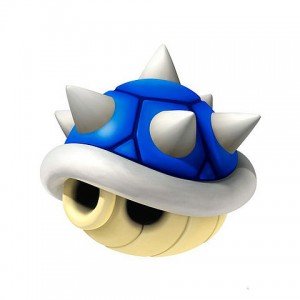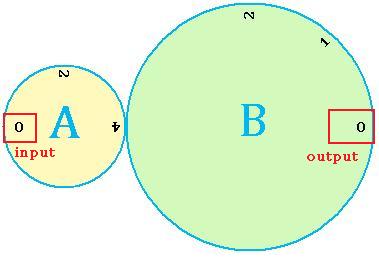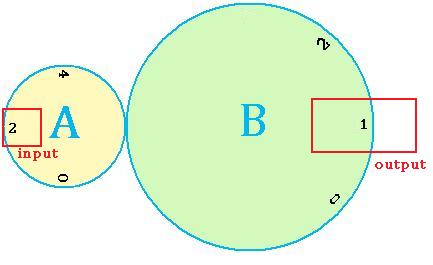What We Don’t See At Sea
When we are taught about the ocean’s food chain in elementary school, it seems simple enough. The tiny plankton at the bottom are the primary producers, equivalent to the plants on land, and everything gets bigger and more interesting from there.
In fact, plankton themselves hold an enormous amount of diversity. The term “plankton” include not just plants, but every kingdom of life. Huge diversity exists within each kingdom as well, multiple species fill each ecological niche in each environment (1).
Now, that level of diversity may seem odd. For one ecological niche in one environment, shouldn’t one species come to dominate? One would think that one species would prove best able to grow in the environment, take up the most nutrients and crowd out its competitors. Yet this diversity still exists.
For oceanic bacteria at least, the reason seems to be that they are trapped in a bitter conflict, a race between their own rate of replication and how quickly their tormentors destroy them. It is a war between bacteria and viruses, one which kills as many as 50% of the ocean’s bacteria every day (2).
Killing The Winner
How does this explain the level of bacterial diversity? Bacteria must find a balance between their own success and avoiding eradication by viruses. Traditionally, an organism is considered most successful when it grows to reach the highest population that its environment can support.
Viruses usually prey on only one species. A bacterium that has achieved complete success has made itself completely vulnerable to its viruses. In a dense population of its target species, a virus will spread like wildfire, and is much more likely to completely eliminate its prey (1). This concept is called “kill the winner.”
With population density limited in this way, there is room for other species to move into the same niche in the same environment, although it may not be as well suited as its competitor. So long as no one species reaches a density that allows a runaway viral infection, it will survive.
The ecological niche still supports a maximum number of organisms, but viruses kill the winner, ensuring a diversity of species in the same niche.
To help to illustrate the relationship between rates of infection and population density, adjust the population of this zombie apocalypse model using the + and – keys. Note that when the population is dense, the infection spreads much more quickly. If the humans start off winning, they lose very quickly.
Unlike the survivors in this simulation, bacteria can replace themselves, allowing a sustained population. Between rates of replication and death by infection, each bacterial species must find a way to succeed as best as it is able.
(1) Fuhrman, J. A.; Schwalbach, M.: Viral Influence on Aquatic Bacterial Communities Biol. Bull. 2003, 204, 192.
(2) The Annenberg Foundation: The Habitable Planet. http://www.learner.org/courses/envsci/index.html (accessed 03/12, 2012).










